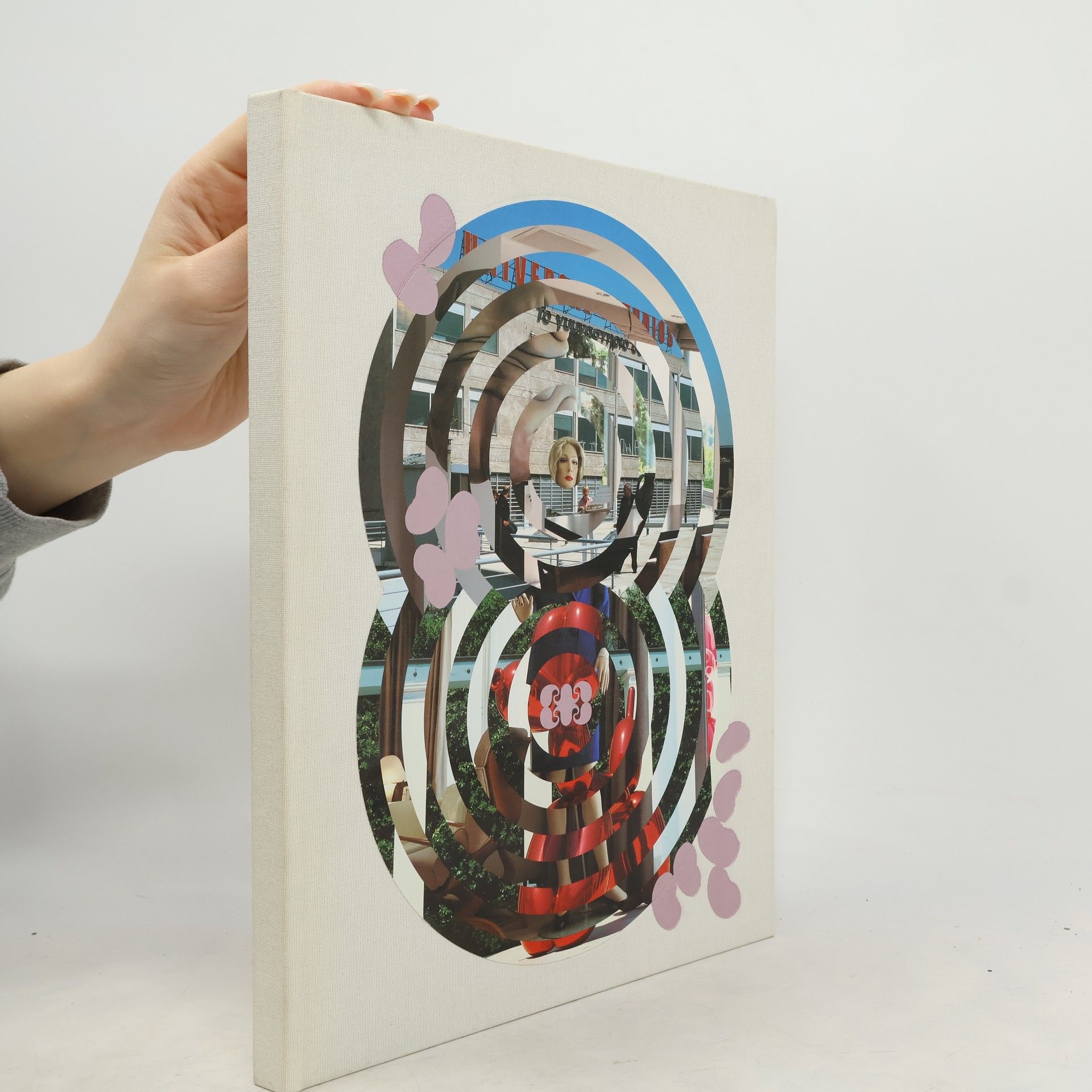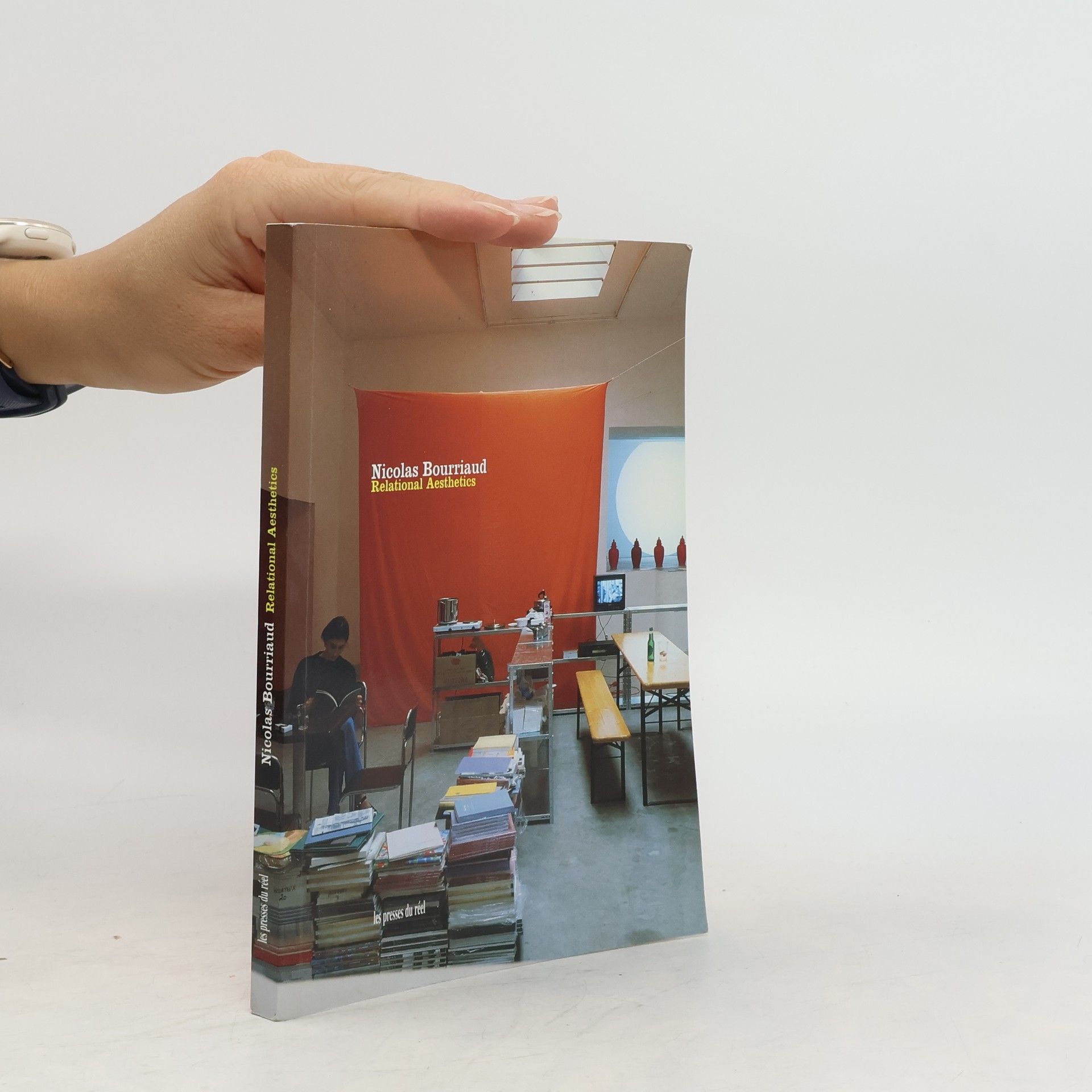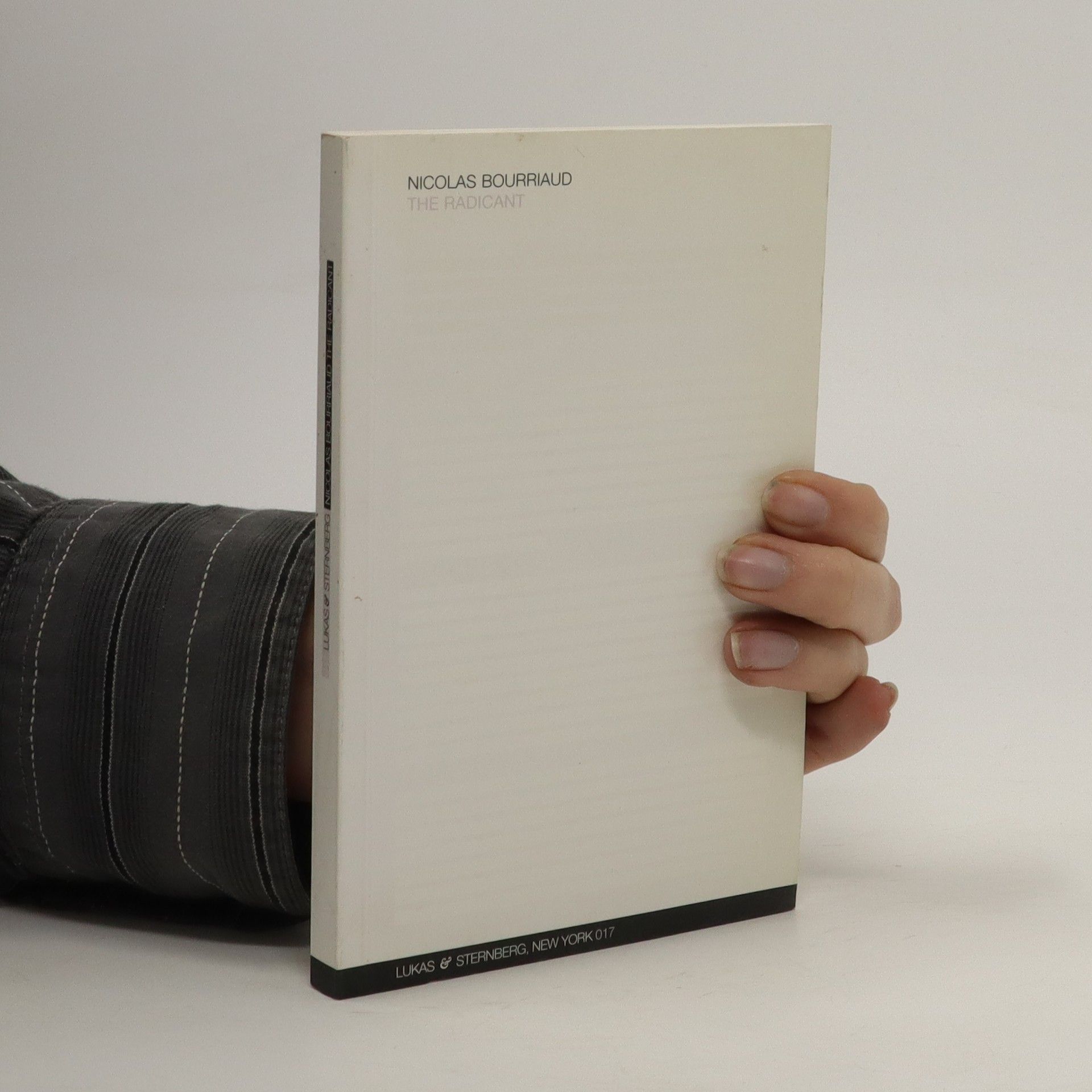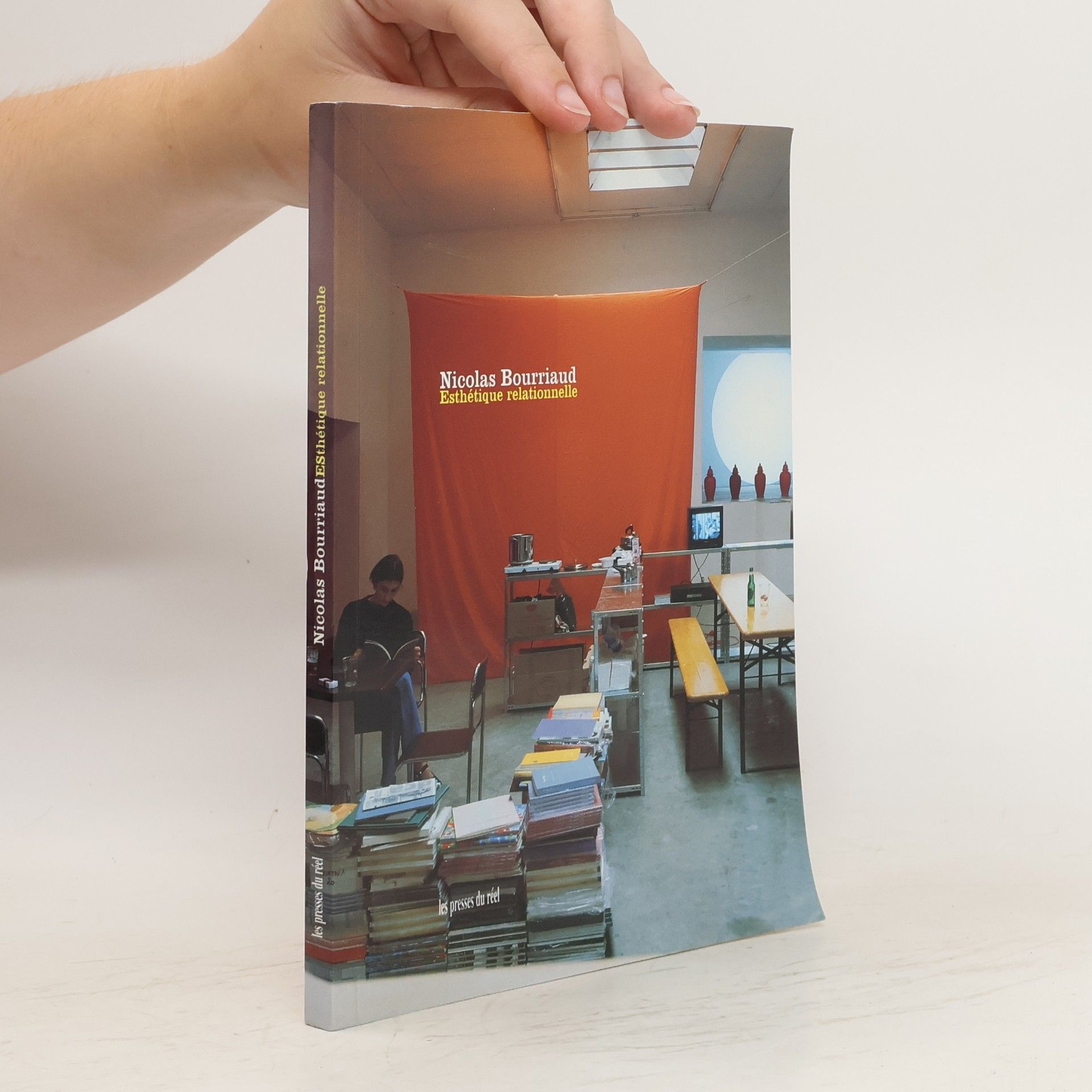Nicolas Bourriaud Book order
Nicolas Bourriaud is a leading curator and art theorist who has defined key artistic movements. His influential book Relational Aesthetics has become a defining text for a generation of European artists from the 1990s. Bourriaud explores contemporary art through concepts like 'postproduction,' examining artists who engage with existing cultural forms. He also addresses the emergence of a global modernity based on translation and nomadic forms, contrasting it with postmodern aesthetics rooted in identities.






- 2023
- 2023
Eleven artists reflect on the alarming entropy of the 21st century This book presents works from 11 international artists responding to the current state of the world through themes of environmentalism, racism, political activism, globalization and digitalization. Artists include: Darren Almond, Oliver Beer, Julian Charrière, David Claerbout, Bharti Kher, Teresa Margolles, Martin Puryear, Rayyane Tabet, and more.
- 2020
- 2009
The radicant
- 192 pages
- 7 hours of reading
If modernity warrants a return to the origin of art, then French curatorand art critic Nicolas Bourriaud is right when he claims that this is thetime to redefine the concept of -what is modern. Our century'smodernity will be invented, precisely, in opposition to all radicalism,claims Bourriaud. So then, being radicant - from the Latin origin of- roots - means setting one's roots in motion, transplanting behaviors,and exchanging ideas rather than imposing them. Looking at the worldthrough his globalized prism of art, Bourriaud sketches a world artcriticism in which works are in constant dialog with the context fromwhich they reproduced.
- 2006
Translation
A Visual Trip . Dakis Joannou Collection
- 2004
Postproduction
- 96 pages
- 4 hours of reading
The French writer Nicolas Bourriaud discusses how, since the early nineties, an ever increasing number of artworks have been created on the basis of preexisting works; more and more artists interpret, reproduce, re-exhibit, or use works made by others or available cultural products. This art of postproduction seems to respond to the proliferating chaos of global culture in the information age, which is characterized by an increase in the supply of works and the art worlds annexation of forms ignored or disdained until now. First published in 2002, this 2nd edition contains a new foreword where the author reflects on how the art of postproduction developed over the last couple of years.Nicolas Bourriaud is the co-director of the Palais de Tokyo in Paris. His previous books include Lère tertiaire (Flammarion), Ésthétique relationnelle (Presses du réel), and Formes de vie (Denoël).
- 2002
Relational Aesthetics
- 125 pages
- 5 hours of reading
Where does our current obsession for interactivity stem from? After the consumer society and the communication era, does art still contribute to the emergence of a rational society? Nicolas Bourriaud attempts to renew our approach toward contemporary art by getting as close as possible to the artists' works, and by revealing the principles that structure their thoughts: an aesthetic of the inter-human, of the encounter; of proximity, of resisting social formatting. The aim of his essay is to produce the tools to enable us to understand the evolution of today's art. We meet Felix Gonzalez-Torres and Louis Althusser, Rirkrit Tiravanija or Félix Guattari, along with most of today's practising creative artists.
- 1998
D'où vient cette obsession de l'interactif qui traverse notre époque ? Après la société de consommation, après l'ère de la communication, l'art contribue-t-il aujourd'hui à l'émergence d'une société rationnelle ? Nicolas Bourriaud tente de renouveler notre approche de l'art contemporain en se tenant au plus près du travail des artistes, et en exposant les principes qui structurent leur pensée : une esthétique de l'interhumain, de la rencontre, de la proximité, de la résistance au formatage social. Son essai se donne pour but de produire des outils nous permettant de comprendre l'évolution de l'art actuel : on y croisera Felix Gonzalez-Torres et Louis Althusser, Rirkrit Tiravanija ou Félix Guattari, et la plupart des artistes novateurs en activité.
